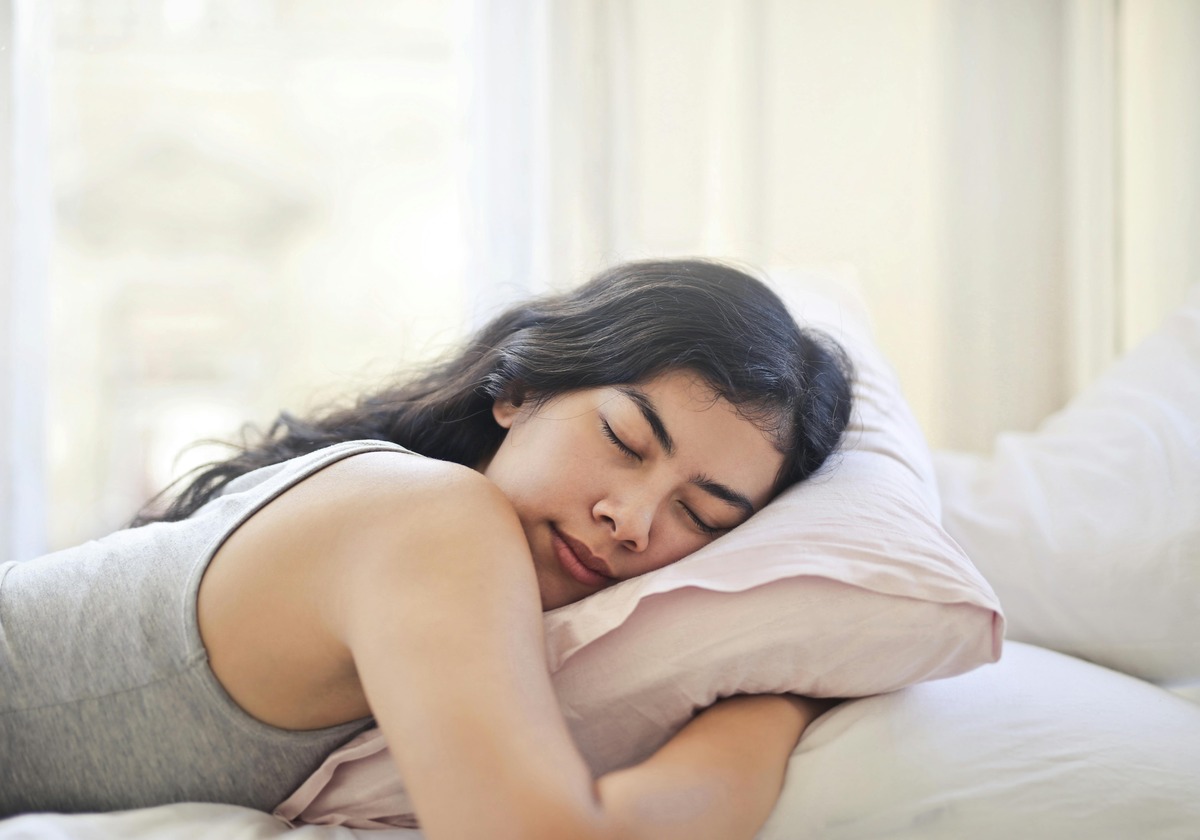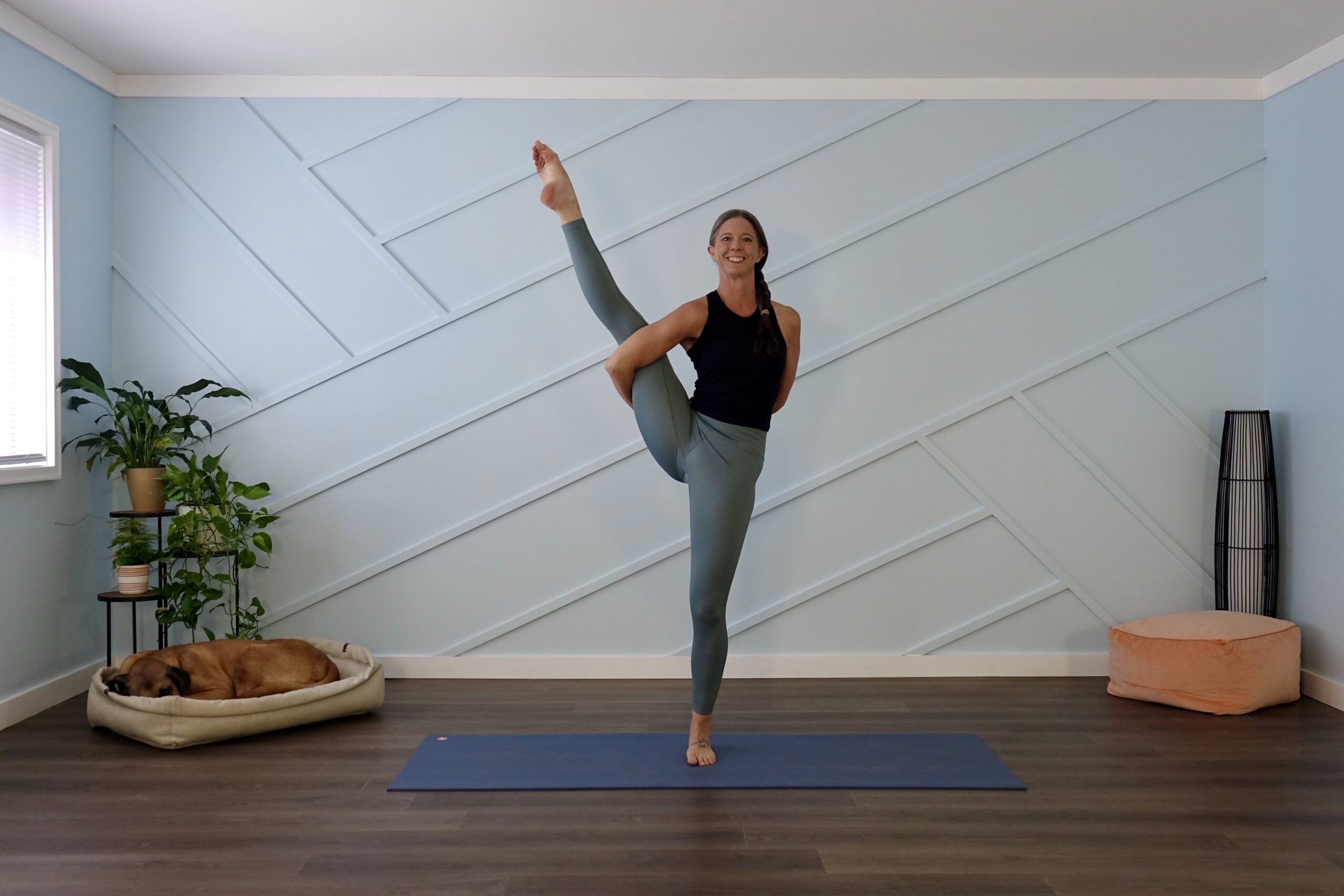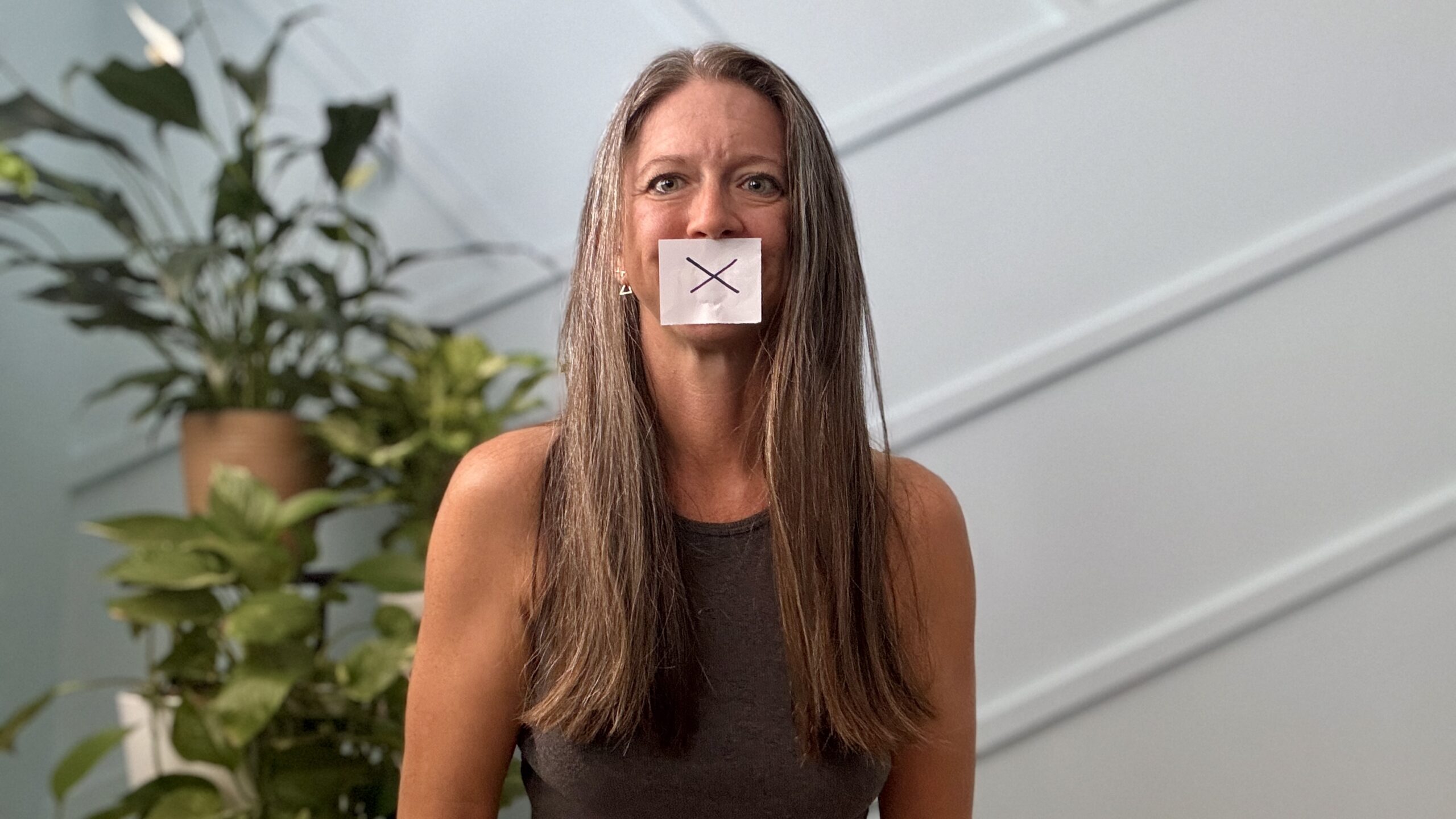We’ve all been there before—lying in bed, watching the minutes tick away, hoping for the sweet embrace of sleep to arrive finally. Your brain starts thinking, “If I fall asleep now, I can still get 5 hours of sleep,” after tossing and turning, it becomes, “If I fall asleep now, I can still get 4 hours of sleep.” Sleep is not merely a luxury but a fundamental pillar of our overall health and well-being. Struggling with sleep can profoundly affect our physical, mental, and emotional health. Fortunately, there is a powerful antidote to help promote better sleep: physical activity.
Regular physical activity has proven to be a powerful remedy for improving sleep patterns.
Regular physical activity has proven to be a powerful remedy for improving sleep patterns. The connection between physical activity and better sleep is profound and complex, involving physiological and psychological mechanisms. By understanding how physical activity affects sleep and identifying which types of exercise are most advantageous, we can utilize its potential to facilitate peaceful nights and energetic days.
How Can Participation in Physical Activity Lead to Improved Sleep Patterns?
(note: several links in this section will take you off-site to peer-reviewed journal articles if you would like to nerd out and learn more about on the link between sleep and exercise)
When you exercise, you trigger a series of physiological responses.
The relationship between physical activity and sleep is based on biology. When you exercise, you trigger a series of physiological responses. These include the release of endorphins, which are natural painkillers, the lowering of stress hormones such as cortisol, and the regulation of body temperature. These processes help to improve mood, reduce anxiety, and prepare your body for good sleep.
Regular exercise can help regulate the body’s internal clock, known as the circadian rhythm, and synchronize it with the natural day-night cycle. By exercising outdoors, you get more exposure to natural light, which reinforces this synchronization. This can signal to your brain when it’s time to be awake and when it’s time to rest, promoting a healthy sleep-wake cycle.
Physical exertion promotes deeper, more restorative sleep by increasing slow-wave and rapid-eye movement (REM) sleep. Both are crucial sleep cycle stages associated with memory consolidation and emotional processing.
Exercise can be a powerful tool for improving sleep quality, especially if you suffer from conditions like anxiety, depression, or chronic pain that can interfere with your sleep. Physical activity can reduce the symptoms of these conditions and promote relaxation, making it easier to fall asleep and stay asleep throughout the night.
What Forms of Physical Activity Are Best for Increasing Sleep?
Not all forms of physical activity are equal in enhancing sleep quality. While any exercise can help, certain types are particularly effective in promoting restful sleep.
Aerobic Exercise:
Activities that elevate the heart rate and increase oxygen consumption, such as brisk walking, jogging, cycling, jumping rope, or swimming, are excellent choices for improving sleep. The Mayo Clinic suggests getting at least 150 minutes of moderate-intensity aerobic exercise weekly.
Strength Training:
Resistance exercises using weights, resistance bands, or body weight help to build muscle mass, improve overall fitness, and regulate sleep patterns. Incorporate strength training exercises targeting major muscle groups two to three times per week for maximum impact.
Yoga and Mindfulness Practices:
Yoga, somatic movement, tai chi, and qigong combine gentle movements with breath awareness and meditation, promoting relaxation and stress reduction. These mind-body practices are particularly effective for calming the mind and preparing the body for sleep.
3 Yoga Poses for Better Sleep
Yoga provides various poses that are specifically designed to help promote relaxation and restful sleep. Including the following yoga poses in your bedtime routine can help to calm your mind, release tension, and create a sense of ease:
Child’s Pose (Balasana):
Start kneeling on the floor, then sit back on your heels and fold forward. You can either extend your arms in front of you or rest them by your sides. Allow your forehead to rest on a yoga mat or a pillow, and focus on taking deep, steady breaths. This will help you release tension in your back, shoulders, and hips. Hold Childs Pose for up to 3 minutes.
Legs-Up-the-Wall Pose (Viparita Karani):
Sit with one side of your body close to a wall. Next, lie down on your back and extend your legs up against the wall to form an L-shape with your body. You can rest your arms by your sides or place them on your belly. Now, close your eyes and take deep breaths while releasing any remaining tension in your legs and lower back. To relax your legs even more, you can use a yoga strap or a scarf to hold them together. You may enjoy adding a bolster on top of your feet. Some people find the extra weight pressing down on their legs comforting. Hold this pose for up to 5 minutes.
Corpse Pose (Savasana):
Lie flat on your back, with your arms resting by your sides and the palms of your hands facing up. Let your legs relax and allow your feet to fall outward naturally. Close your eyes and focus on releasing tension from your body. Slowly move from the crown of your head down to your toes, relaxing each muscle group along the way. Once you’ve relaxed your body, shift your attention to your breathing. Feel the sensations of your breath as you inhale and exhale. Enjoy Savasana for up to 10 minutes or until you fall asleep.
Incorporating gentle yoga poses into your bedtime routine can help you relax and prepare your mind and body for sleep. This combination of stretching, breath awareness, and relaxation can create a deep sense of calm and tranquility, leading to a refreshing night’s rest.
In a world that often prioritizes productivity over rest, reclaiming the value of consistent sleep is essential for our health and well-being. By embracing physical activity as a cornerstone of our daily routine, we can harness its power to promote better sleep, enhance overall health, and cultivate a more profound sense of vitality and resilience.
Tonya is a 500hr RYT based in Coastal Mississippi. She loves that she gets to share the joy and healing that yoga brought to her life. In addition to teaching yoga, she flips houses with her husband. Tonya is a travel enthusiast who loves the outdoors and adventure. You'll find her at the local beach, volunteering at the animal shelter, and playing with her forever and foster dogs.





0 Comments